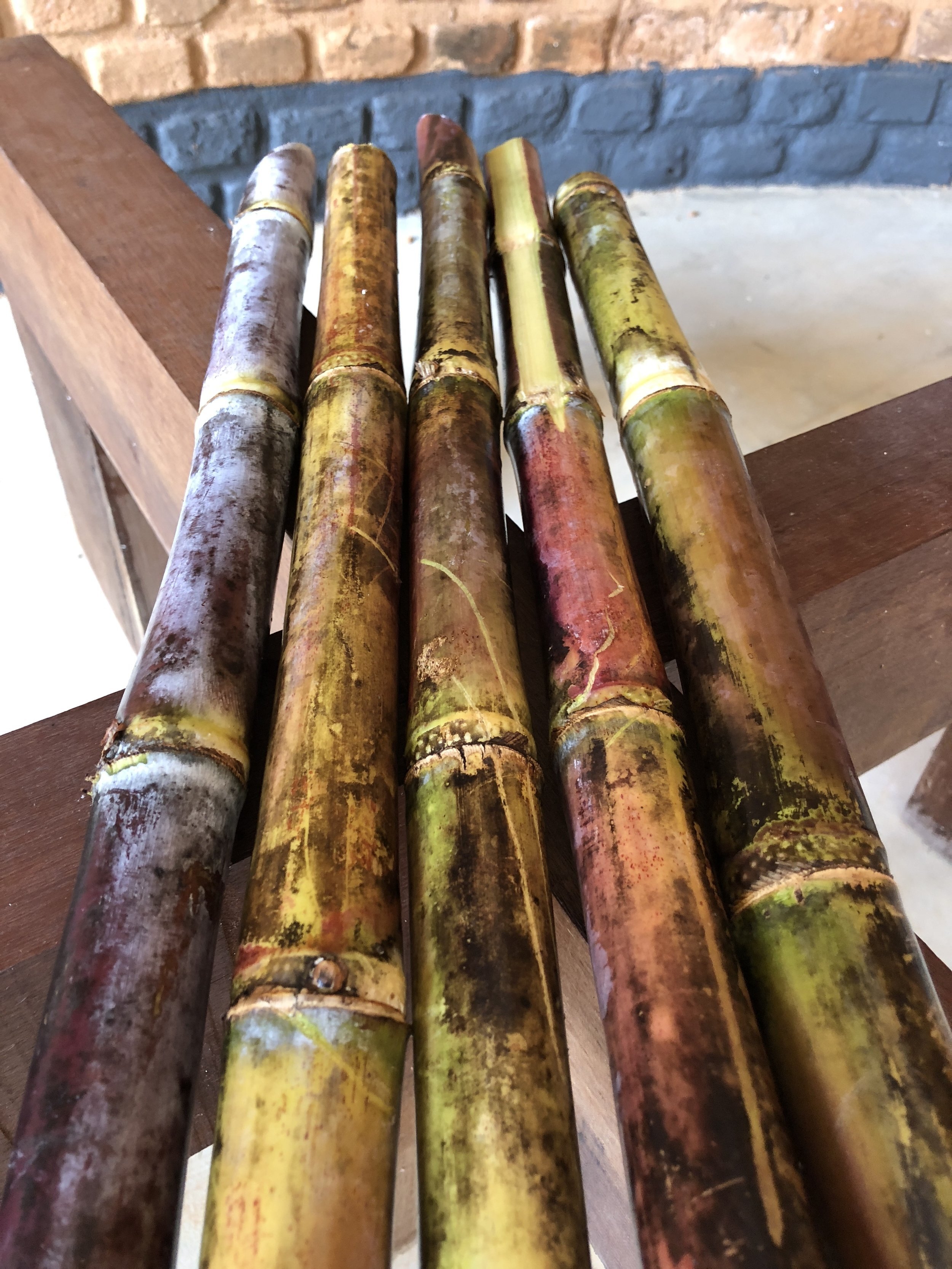Rum and Cachaça - Pietrek Drifter Takeover

Most historians considered cachaça the New World’s predecessor to rum. Both derive from sugar cane, but are distinct spirits, both culturally and legally.
Sugar cane wasn’t indigenous to the Caribbean. Its earliest recorded arrival was Christopher Columbus’ 2nd voyage in 1493, when he brought cane from the Canary Islands off Africa’s coast. The site of its arrival: Hispaniola, i.e. modern-day Haiti, and the Dominican Republic.
At the same time, and thousands of miles to the south, the Portuguese were settling Pernambuco, now a state in modern-day Brazil. Initially the settler’s primary interest was Brazilwood, valuable for making reddish dye. However, as early as 1516, crude sugar cane agriculture took hold.
In 1532 the first commercial Engenhos (translated: cane mill) began operations. The Spanish language equivalent, Ingenio, is still widely used in Latin America’s sugar industry.
Brazil’s first sugar cane spirit distillation is thinly documented, but many people cite a 1532 date from the book Prelúdio da Cachaça by Luís da Câmara Cascudo. In those days, sugar production was more important and likely to be documented than the crude distilled spirits from its byproducts.
While Brazil’s first cane spirit production is challenging to pin down, records become more definitive in the 1600s. This may be related to the arrival by the Dutch in Pernambuco; the Dutch being well-known early distillation pioneers. Some say the Dutch and Sephardic Jews, fleeing after the Portuguese reasserted control in 1654, who kicked off Caribbean rum by bringing sugar and distillation to Barbados. However, other records suggest sugar was already in Barbados a few years before 1640.
We may never exactly when the first cachaça was distilled, but with Brazil’s 100-year head start on Caribbean sugar cane, we can safely say cachaça predates rum by decades, if not longer.
